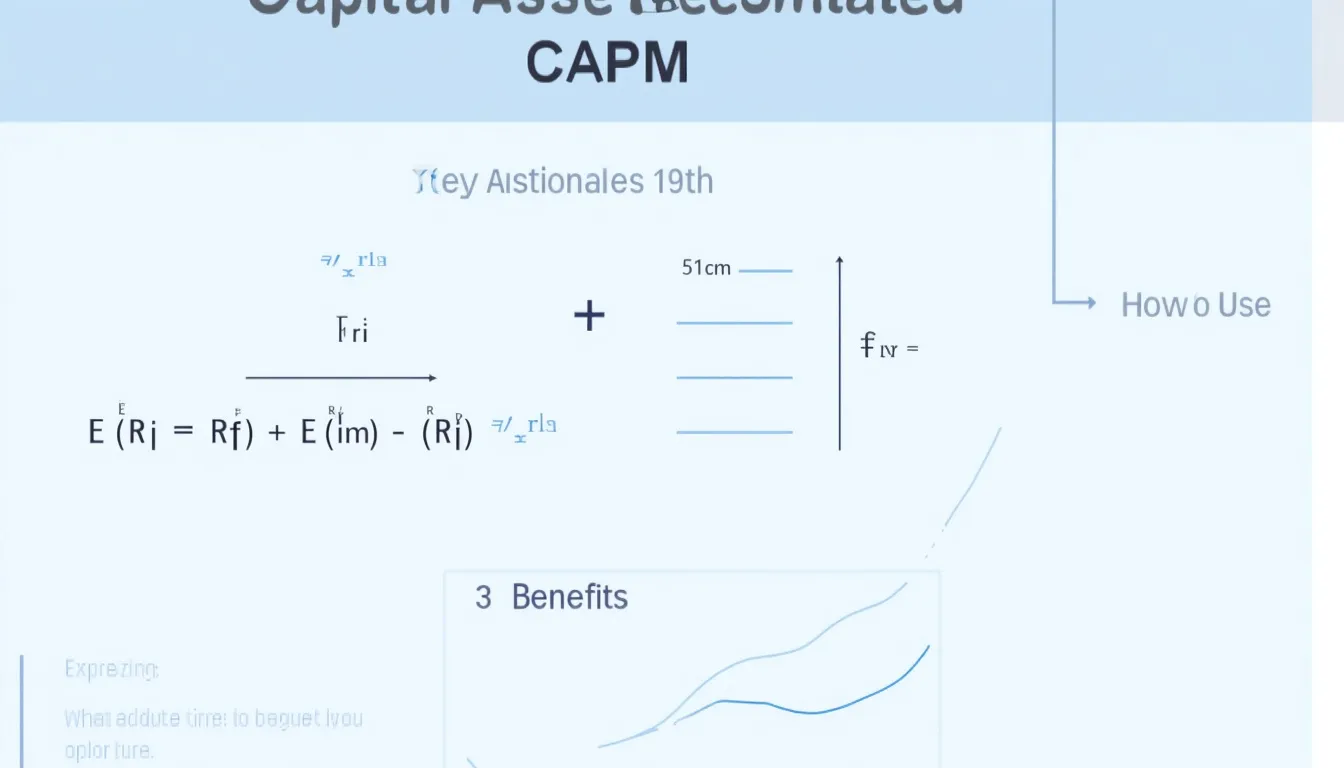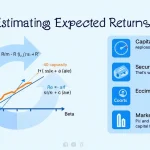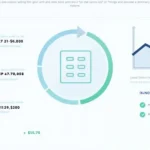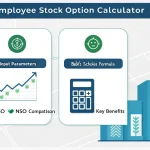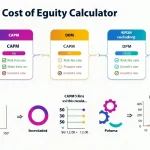Capital Asset Pricing Model (CAPM) Calculator
Is this tool helpful?
How to use the tool
- Risk-free rate (%) – Type the latest 3-month Treasury bill yield; e.g., 1.9 or 4.6.
- Asset beta – Enter the stock’s beta from your data source; e.g., 0.75 or 1.35.
- Expected market return (%) – Insert your equity market forecast; e.g., 7.1 or 10.4.
- Click Calculate – The tool applies CAPM and shows the asset’s expected return.
Formula used
$$E(R_i)=R_f+β_i rac{(E(R_m)-R_f)}{}$$
Example A
- Rf=1.9 %
- β=0.75
- E(Rm)=7.1 %
$$E(R_i)=1.9+0.75 rac{(7.1-1.9)}{}=1.9+3.9=5.8\,\%$$
Example B
- Rf=3.3 %
- β=1.8
- E(Rm)=10.4 %
$$E(R_i)=3.3+1.8 rac{(10.4-3.3)}{}=3.3+12.78=16.08\,\%$$
Quick-Facts
- 10-year U.S. Treasury averaged 2.9 % in 2023 (U.S. Treasury, 2024).
- Historic U.S. equity risk premium: ~5.6 % over T-bills (Morningstar SBBI, 2023).
- Typical large-cap beta falls between 0.8-1.2 (Damodaran, 2024).
- CAPM introduced by Sharpe in 1964 (Sharpe, 1964).
FAQ
What is CAPM?
CAPM links an asset’s expected return to market risk. It assumes investors need compensation for time value (risk-free rate) and risk (beta × market premium) (Sharpe, 1964).
How do I find a stock’s beta?
Use finance websites or terminal data; they regress the stock’s past returns against a market index over 60 months (Bloomberg, 2023).
Why subtract the risk-free rate in the formula?
The subtraction isolates the market risk premium—the extra return investors demand above a default-free bond (Bodie et al., 2021).
What does a negative beta mean?
Negative beta assets tend to move opposite the market, offering a hedge; gold equities show betas near −0.2 in some studies (Baur & McDermott, 2016).
Can CAPM handle taxes or transaction costs?
CAPM, in its classic form, ignores both; you should adjust the output manually in post-tax analyses (CFA Institute, 2022).
How accurate is CAPM versus multi-factor models?
Fama-French three-factor model explains 90 % of U.S. equity variation versus ~70 % for CAPM (Fama & French, 2004).
Is beta stable over time?
Beta drifts; re-estimate at least yearly because leverage changes can shift beta by 0.1-0.3 (Damodaran, 2024).
What do experts say about CAPM?
“CAPM remains the workhorse of modern portfolio theory” (Bodie et al., 2021).
Important Disclaimer
The calculations, results, and content provided by our tools are not guaranteed to be accurate, complete, or reliable. Users are responsible for verifying and interpreting the results. Our content and tools may contain errors, biases, or inconsistencies. Do not enter personal data, sensitive information, or personally identifiable information in our web forms or tools. Such data entry violates our terms of service and may result in unauthorized disclosure to third parties. We reserve the right to save inputs and outputs from our tools for the purposes of error debugging, bias identification, and performance improvement. External companies providing AI models used in our tools may also save and process data in accordance with their own policies. By using our tools, you consent to this data collection and processing. We reserve the right to limit the usage of our tools based on current usability factors.
